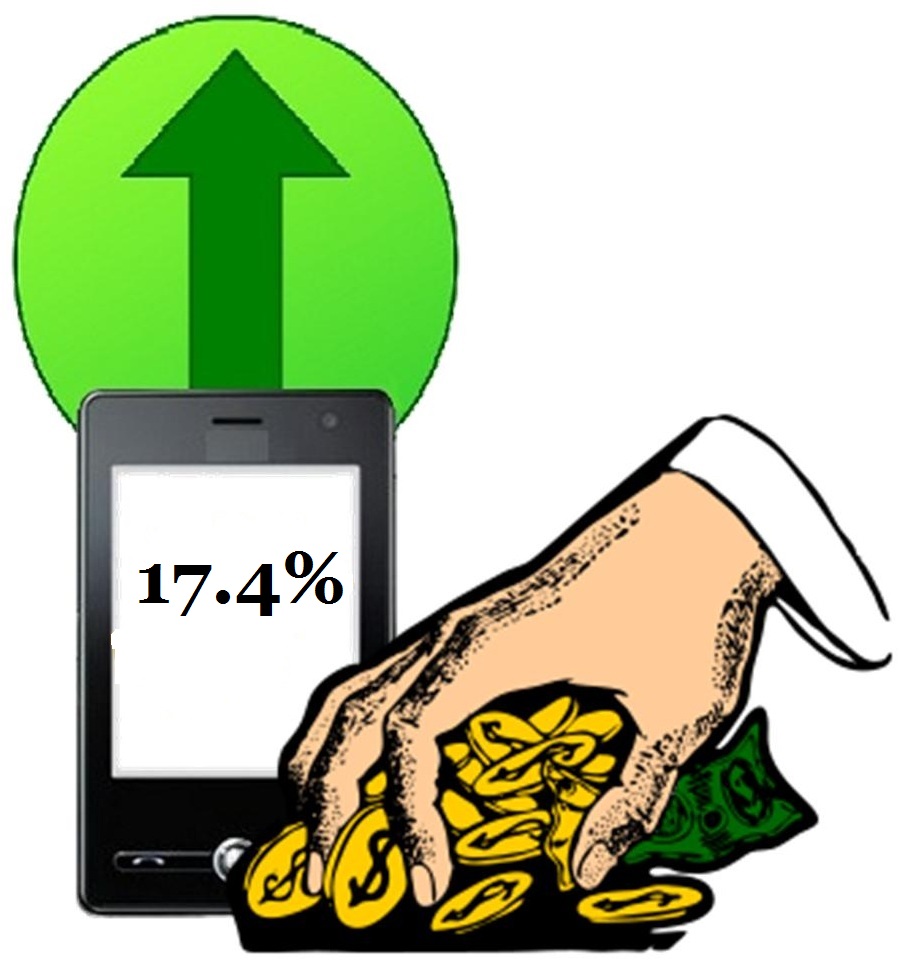The contribution of personalization has made a considerable difference in the channel’s popularity.
According to a whitepaper that was recently released by Medio, this year, mobile commerce is contributing 17.4 percent to the total online shopping revenues, and that is only expected to rise.
The report went on to predict that the channel will represent 25 percent of online revenues by 2017.
Medio pointed out that retailers are finding mobile commerce to be appealing in a number of ways, and these are helping to make it more effective so that they can generate more revenues by way of smartphone and tablet shoppers. It stated that the channel gives companies the chance to collect a considerable amount of useful data from consumers. Though the majority have yet to figure out how to use this information to its greatest potential, there remains a significant amount of value that can be pulled from big data.
The mobile commerce whitepaper showed that real-time tools and predictive analytics assist in personalization.
 It showed that the information gleaned through mobile commerce can, in turn, be applied to personalizing the experience offered by the retailer to encourage the consumer to shop for the first time, and to return once more when similar products are needed.
It showed that the information gleaned through mobile commerce can, in turn, be applied to personalizing the experience offered by the retailer to encourage the consumer to shop for the first time, and to return once more when similar products are needed.
In terms of personalization and its importance, the whitepaper stated that “A search for a product might begin on a smartphone, while order fulfillment is finalized on a PC or tablet. Being able to identify the same user across devices is necessary to create a personalized relationship; the foundation of sophisticated and intelligent user segmentation starts with being able to deduce when two users are in fact the same person.”
Mobile commerce does not typically allow for the use of cookies. Therefore, to compensate for that, it is important for companies to use advanced customer segmentation, said the whitepaper. This requires the use of matching algorithms with greater sophistication. This practice uses a form of predictive analytics, which can assist in targeting users more effectively, at the times that they are most likely to be interested and receptive to product information, discount opportunities, and calls to action.

 As smartphone payments have diversified, this has allowed mobile commerce to considerably broaden its reach beyond the sale of digital products such as music, ringtones, videos, games, and ebooks. Though the majority of the sales remain within that area, as well as in the banking industry, retail is seeing a growing amount of action and will play an increasing role in the overall mobile sphere.
As smartphone payments have diversified, this has allowed mobile commerce to considerably broaden its reach beyond the sale of digital products such as music, ringtones, videos, games, and ebooks. Though the majority of the sales remain within that area, as well as in the banking industry, retail is seeing a growing amount of action and will play an increasing role in the overall mobile sphere.